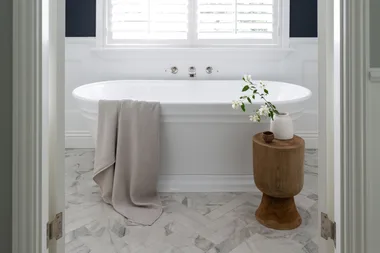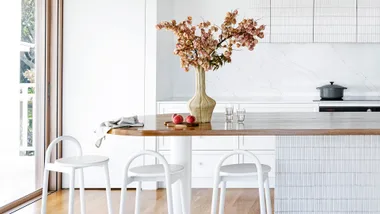Let’s face it, dust doesn’t do anyone any favours. Not only does it look unsightly, collecting on almost every available horizontal surface of your home, it can also cause allergies by irritating the nose, throat and eyes. We get it, dusting is a drag, but if you think a quick swipe from a duster or microfibre cloth is doing to trick, if you’re forgetting one of these 17 zones, you may need to think again.
So grab your dusting equipment (including, but not limited to: vacuum cleaner with brush attachment, microfibre cloth, eucalyptus oil and your favourite surface spray) and take a look at all 17 of these spots that are often missed during dusting missions.
1. Inside drawers
Drawers can collect crumbs, dust and debris. Wipe them down with a damp cloth.
2. Plants
Use a damp cloth to gently wipe down leaves.

3. Pillows and blankets
Next time you’re washing your sheets, throw in the pillows and blankets too. They’re full of dead skin cells and dust mites.
4. Lampshades
Use a vacuum with a brush attachment or wipe down with a clean damp cloth.
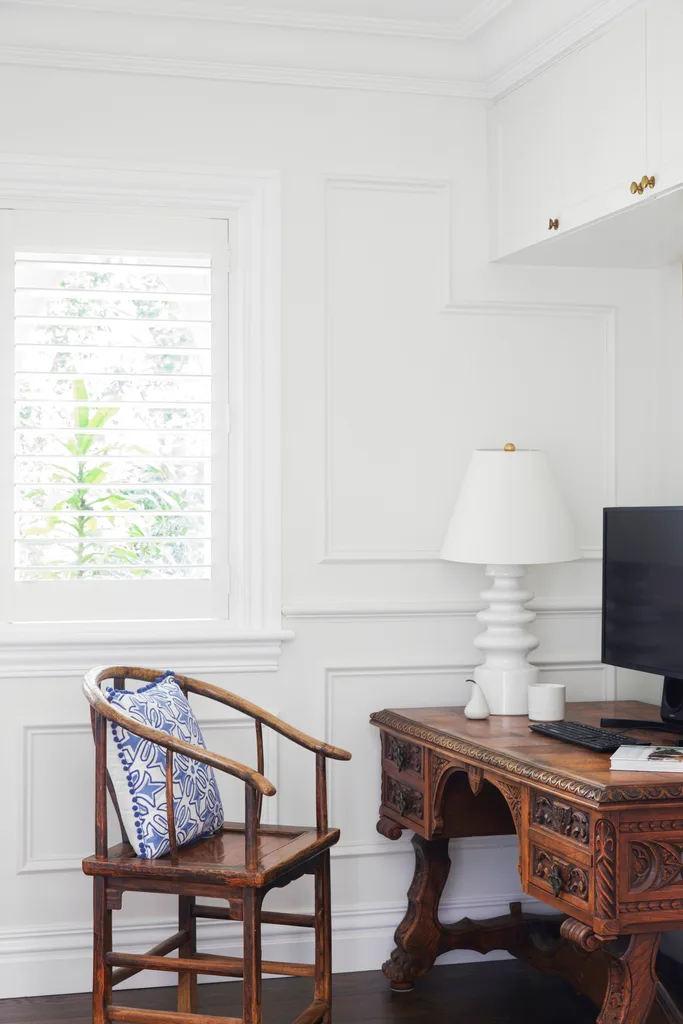
5. Light switches
Wipe them down and remove fingerprints at the same time.
6. Bookshelves
Use a dust cloth to wipe along the front of the books, as well as along the top.

7. Blinds and curtains
Use a vacuum to clean blinds and curtains, or use a damp cloth to wipe down blinds.
8. Cushions
Vacuum them regularly.
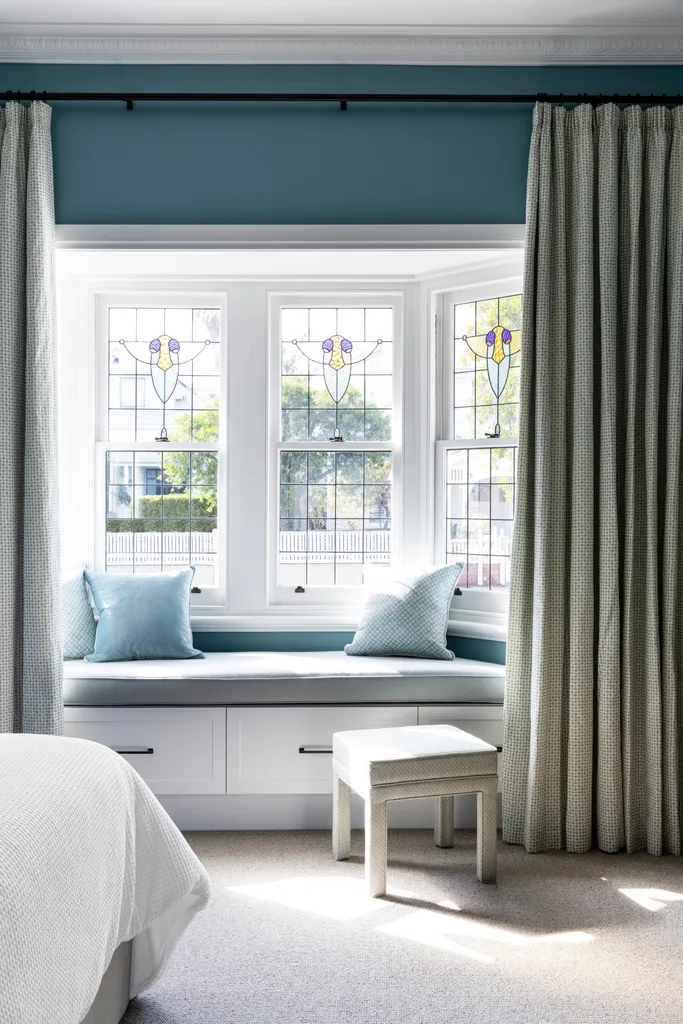
9. TV
Use a damp cloth or microfibre cloth to wipe down the TV, running around the top, bottom and sides. Include speakers and remotes.
10. Underneath the table
Grab a dust cloth and wipe underneath the table for spider webs and other debris.

11. Air conditioning vents
Use a vacuum to clean them out
12. Sofa and armchairs
Use a vacuum and wipe down the arms and legs with a damp cloth.

13. Picture frames
Tackle dust along the top of picture frames.
14. Ceiling corners
Use a stick vacuum to reach tricky spots.

15. Along the top of doors
Wipe down with a dust cloth or damp cloth.
16. Skirting boards
Wipe along the ledge with a damp cloth.
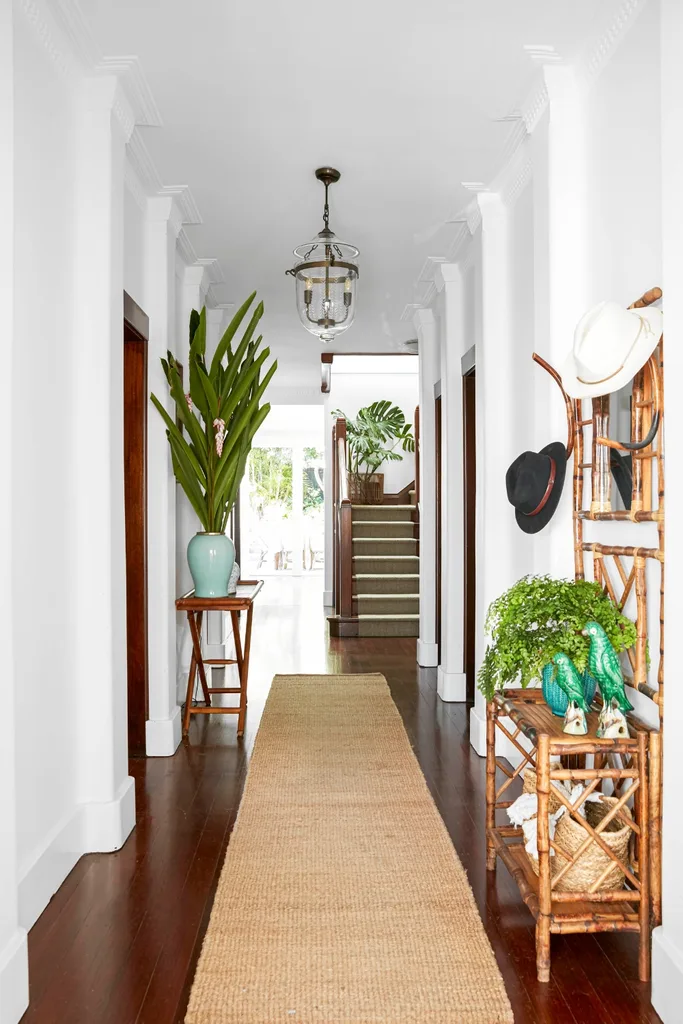
17. Toilet
Use a damp cloth to wipe along the top of the cistern, as well as any exposed pipes at the back of the toilet.
 Photography: Martina Gemmola / Styling: Ruth Welsby
Photography: Martina Gemmola / Styling: Ruth Welsby
